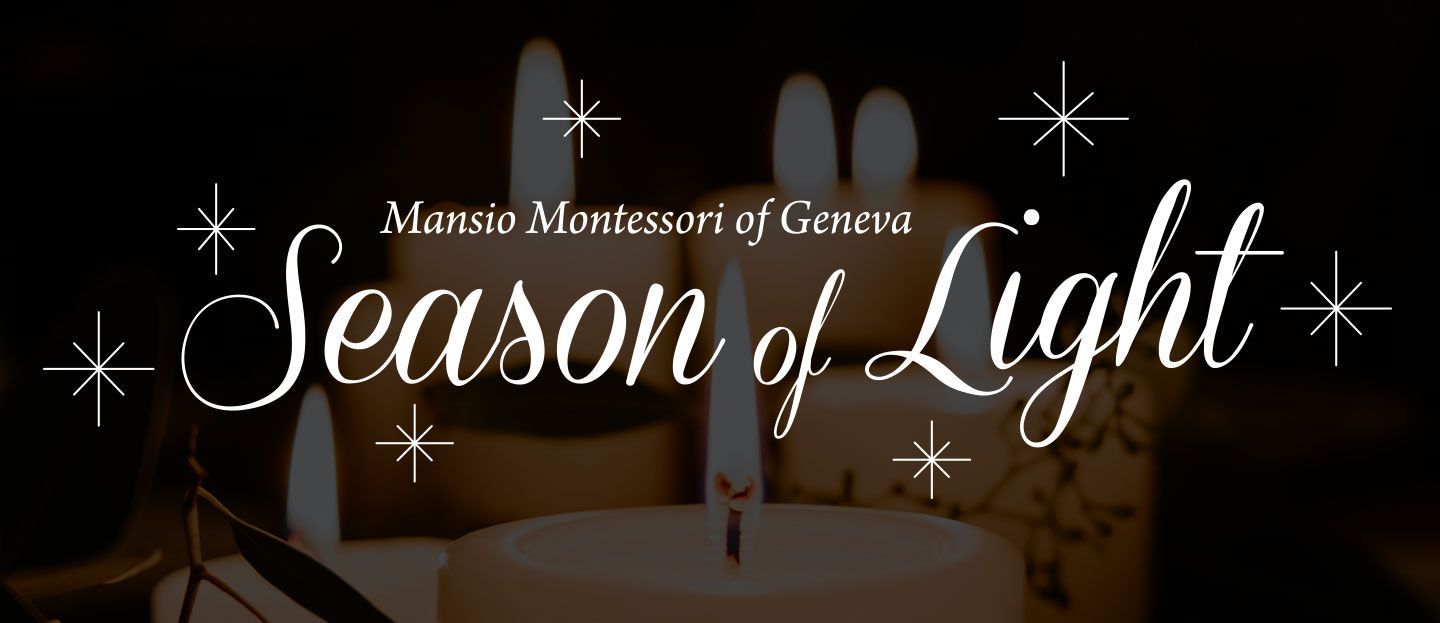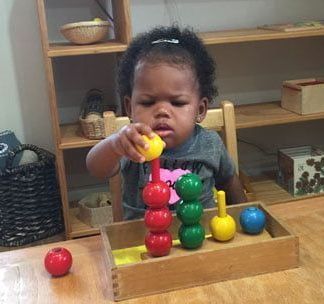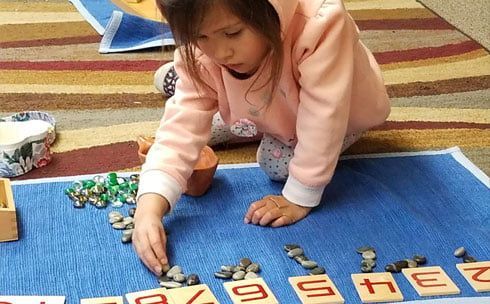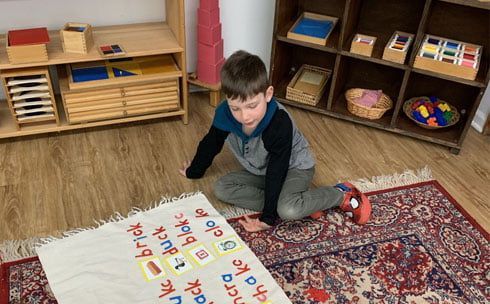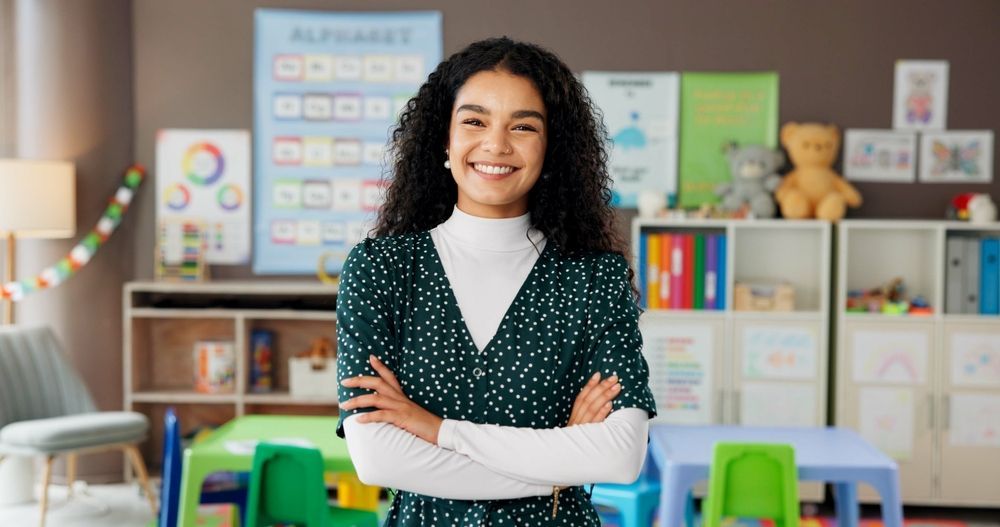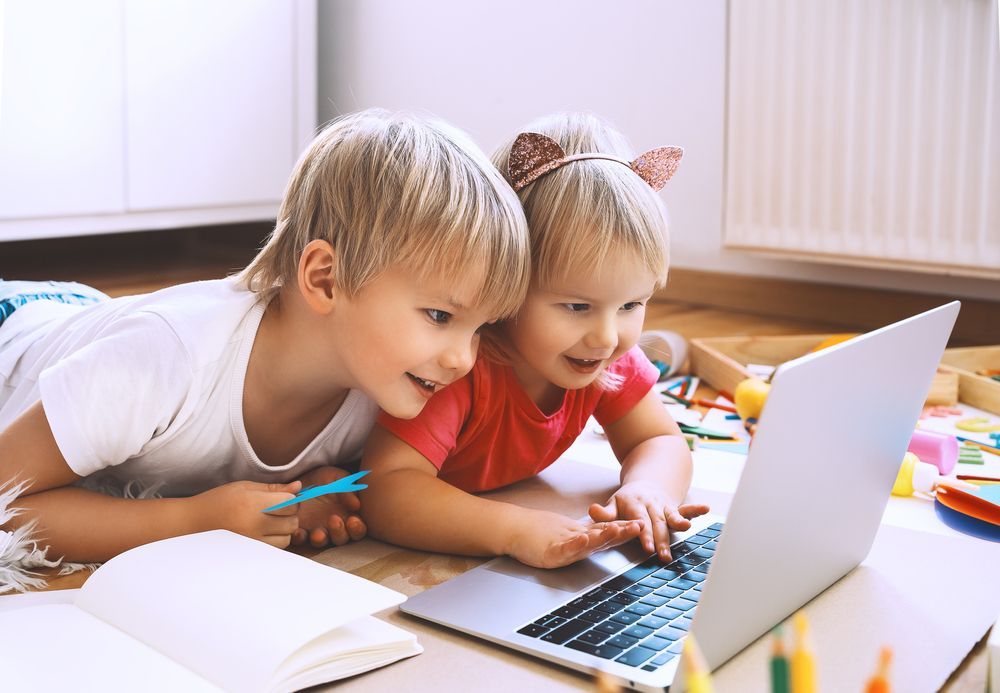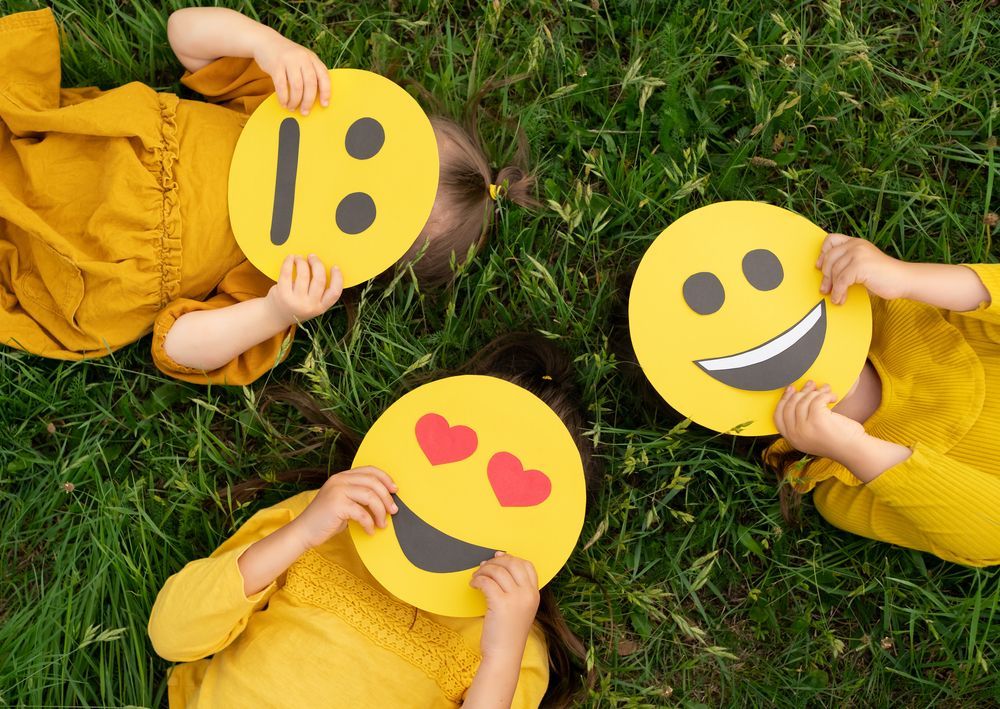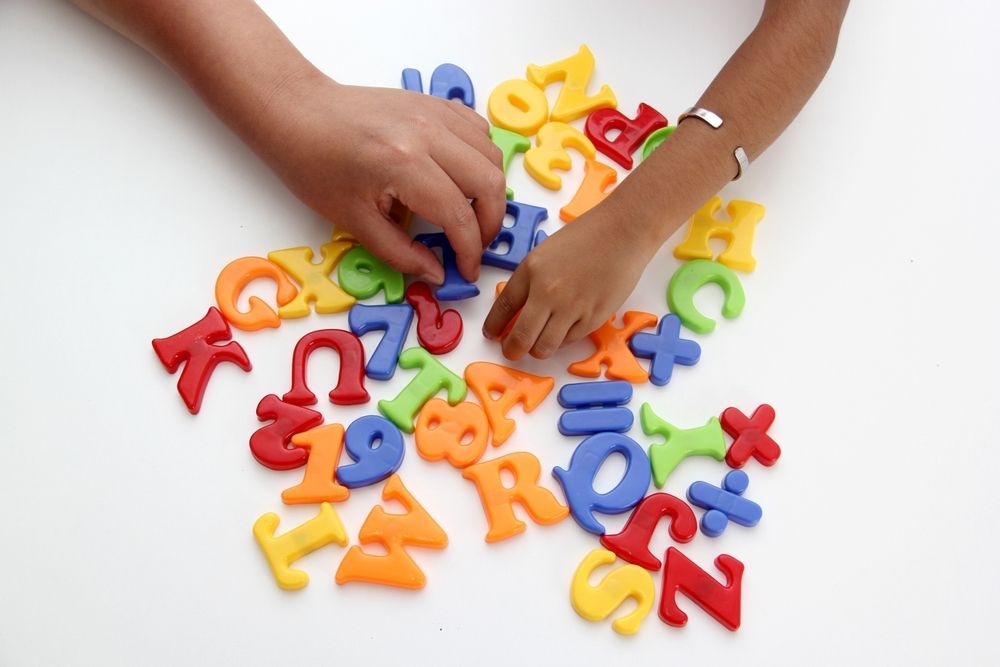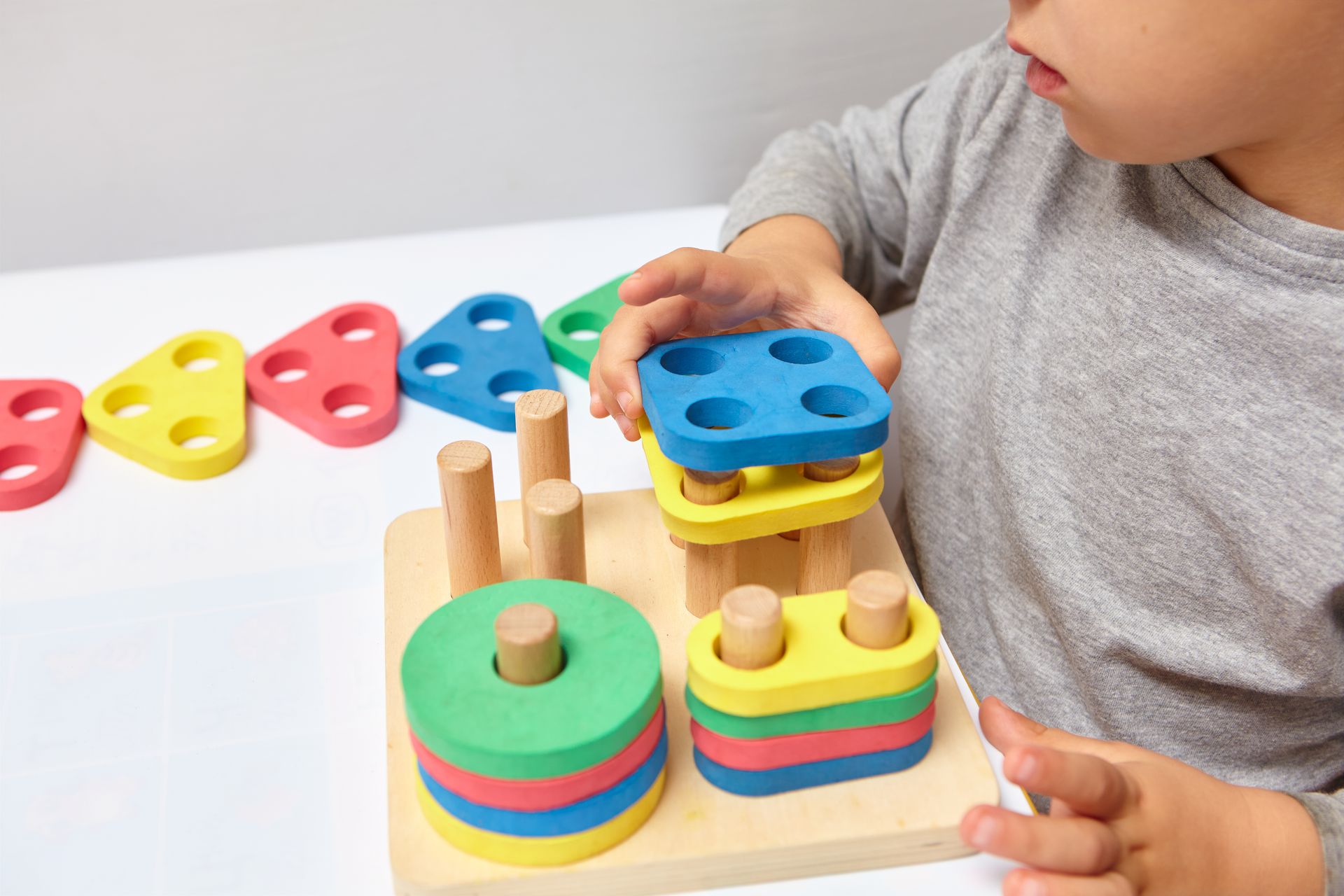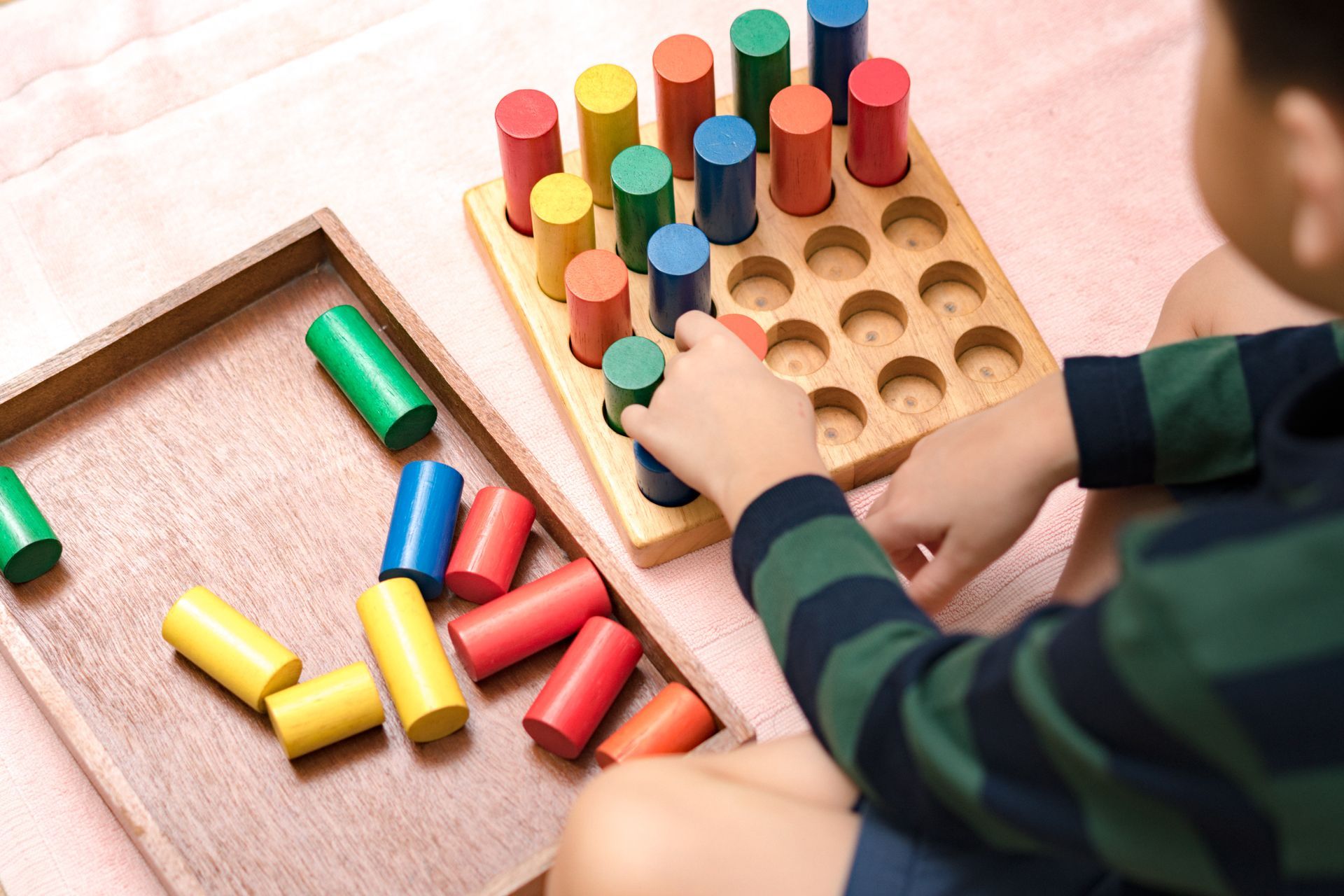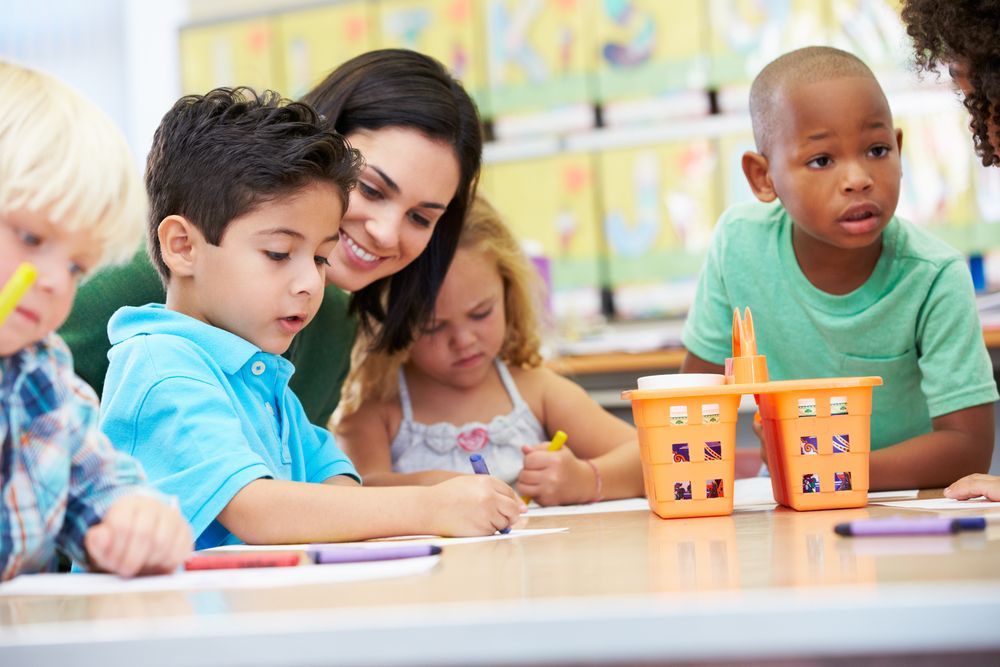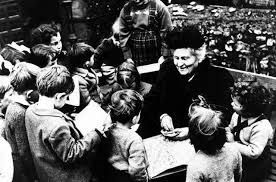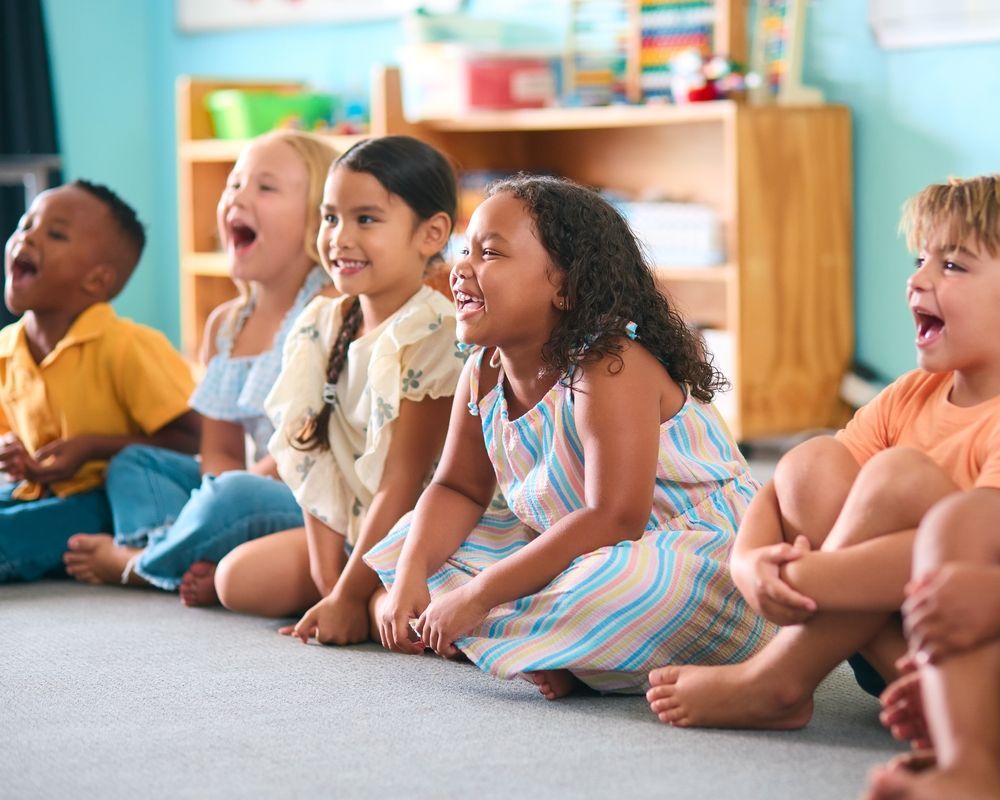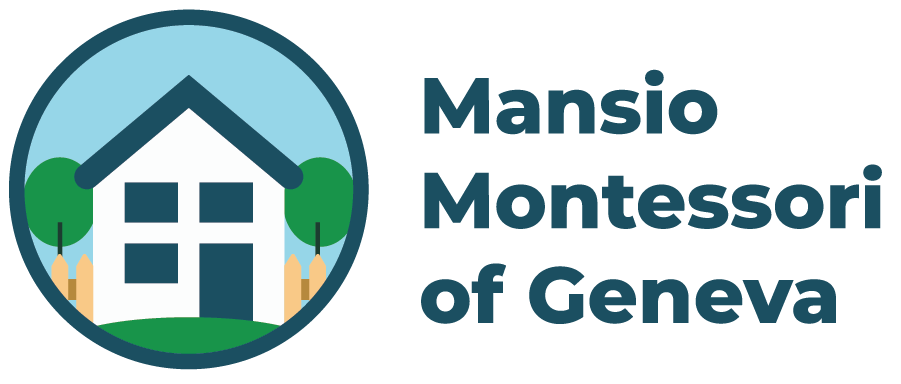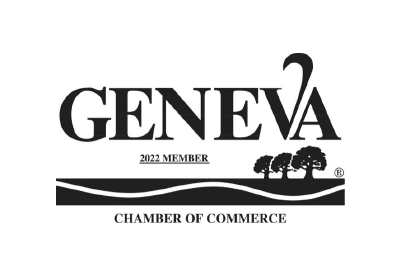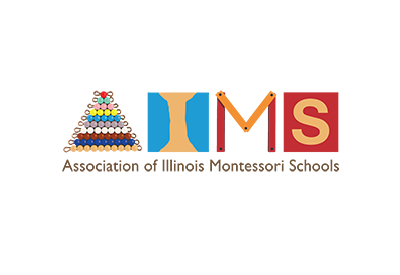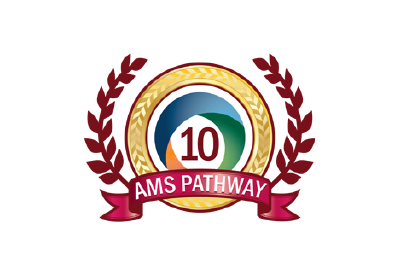A Typical Day in Kindergarten Class: What to Expect
Share this Article:
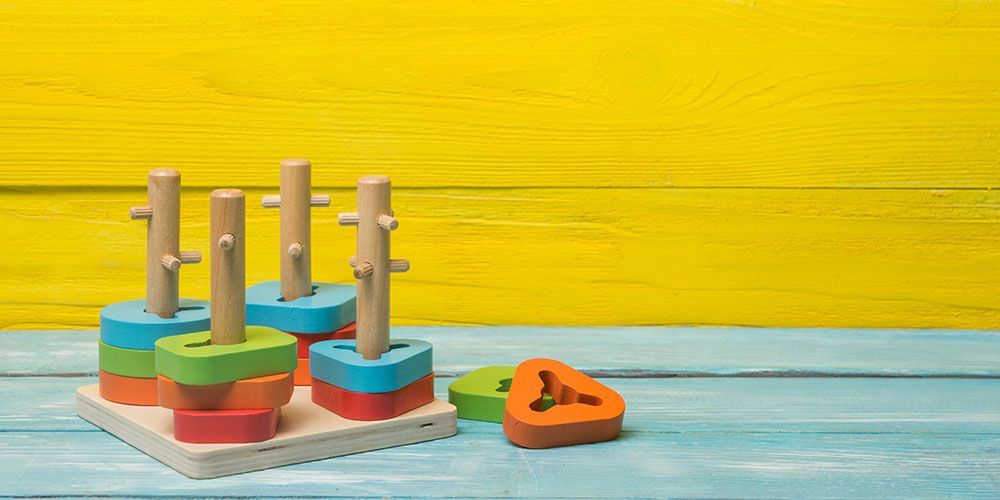
The school year is upon us! As parents begin preparing their children for the classroom, understanding what to expect is the best way to empower kids to begin the school year well. In the following content, we discuss what to expect at a typical day in Kindergarten class – from the moment they enter to graduation day.
What is Montessori Kindergarten All About?
Montessori Kindergarten is the final year of the early childhood learning cycle that helps children blossom into confident leaders and mentors, ready to embark on the next grade level. Students in Kindergarten are usually 5 and 6.
A Look at a Typical Day in Kindergarten Class
The Environment
The Montessori Kindergarten environment is joyful, loving, welcoming, and safe, helping children grow in independence and confidence. When describing the early childhood environment, the American Montessori Society writes:
A Montessori Early Childhood classroom feels more like a home than a school. You won’t see desks, nor will a teacher stand at the front of the room delivering a lesson to the whole class. Instead, you’ll see children happily working individually or in small groups, at tables or on the floor near small mats that delineate their own space.
Within the Kindergarten classroom, highly-trained teachers create guided, hands-on learning environments, customized to each student’s interests and learning style. Learning and doing are inseparable; this is why all Kindergarten classroom activities encourage exploration and engagement.
Finally, every activity in the environment is especially chosen for the specific Kindergarten class. Thus, your child will be presented with activities at his or her ability level. This is purposeful!
The Accessibility
In every Montessori classroom, Kindergarten included, materials are easily accessible to children. Every piece of furniture is low to the ground, including sinks, tables, shelves, and snack preparation spaces.
The Timeline
The Montessori Kindergarten day is organized in large blocks of time. Typically, students are giving a few hours of uninterrupted work time to select an activity and fully engage.
Once the student has explored an activity for the extent of their interest, that item is cleaned and put away before another is selected. “This cycle,” the American Montessori Society comments, “Respects individual variations in the learning process, facilitates the development of coordination, concentration, independence, and a sense of order, while facilitating your child’s assimilation of information.”
The Materials
Every Montessori Kindergarten classroom is a little different, but many will employ similar materials to invite curiosity, self-learning, and self-correcting.
A few common materials in the classroom often include:
- Bead chains
- Wooden or textured alphabet pieces
- Sandpaper globes
- Blocks
- Musical instruments
- Physical science specimens
The Activities
The Kindergarten class is separated into large periods of time, allowing students to engage meaningfully in their learning activities.
- Students will prepare, eat, and clean up their own snack.
- Teachers will guide students to maintain the organization of the classroom by cleaning up after themselves.
- Students will engage in the self-selected activities individually or with a partner.
- Students will participate in multi-age classrooms; this encourages mentorship among younger and older children.
- Students will practice practical tasks, like being kind, listening, saying “please,” and caring for plants.
The Goals
Through the Early Childhood education journey, the Montessori method homes in on five primary areas of learning:
1. Practical Life
Practical life skills are practiced in a variety of ways throughout the day. Contact with other students promote social interactions, such as being helpful, resolving conflicts, and saying “thank you.” Some specific skills are taught purposefully, others are learned organically as interactions occur.
2. Sensorial
Montessori students learn how to define, describe, and discriminate the world around them using their senses. Sensorial understanding will help kindergarteners master more advanced language and math skills in their future educational journeys.
3. Math
Math in the Montessori classroom differs from traditional schooling. Rather than just memorization, students learn the why behind the what of beginning mathematical concepts. The American Montessori Society explains: “Through hands-on activities, children learn to identify numerals and match them to their quantity, understand place-value and the base-10 system, and practice addition, subtraction, multiplication, and division. They also explore patterns in the numbering system.”
4. Cultural Studies
Cultural studies include a multitude of subjects, from music to history. Students begin to learn about their world and understand diversity.
5 . Language
Speaking, reading, and writing skills are some of the most critical techniques a young child can bring into their educational journey and, one day, their professional life. Early Childhood classrooms help develop the precursors to these skills, including learning letter sounds and using a pencil.
Finally, as the final year of the 3-year early education cycle, the kindergarten classroom emphasizes leadership. Students will have the opportunity to mentor younger children in the skills they have learned during their Early Childhood experience, further solidifying these concepts in their own minds.
Kindergarten students will have the opportunity to be the oldest students, demonstrating responsibility, self-sufficiency, and confidence. Gradually, the concepts taught throughout the Early Childhood journey become a permanent part of the students – rather than just an idea. Kindergarteners are ready to begin tackling more advanced, complex, and fascinating lessons as they prepare for a lifetime of learning.
Montessori Learning at Mansio Montessori of Geneva
At Mansio Montessori of Geneva , we specialize in Early Childhood learning classes, from 15 months to 6 years. Throughout each of our programs, we are passionate about making today’s learners tomorrow’s leaders.
To learn more about our school, dive deeper into each of our programs, or schedule a visit, please reach out! You can get in touch at (630) 232-6750 or via our online contact form .
